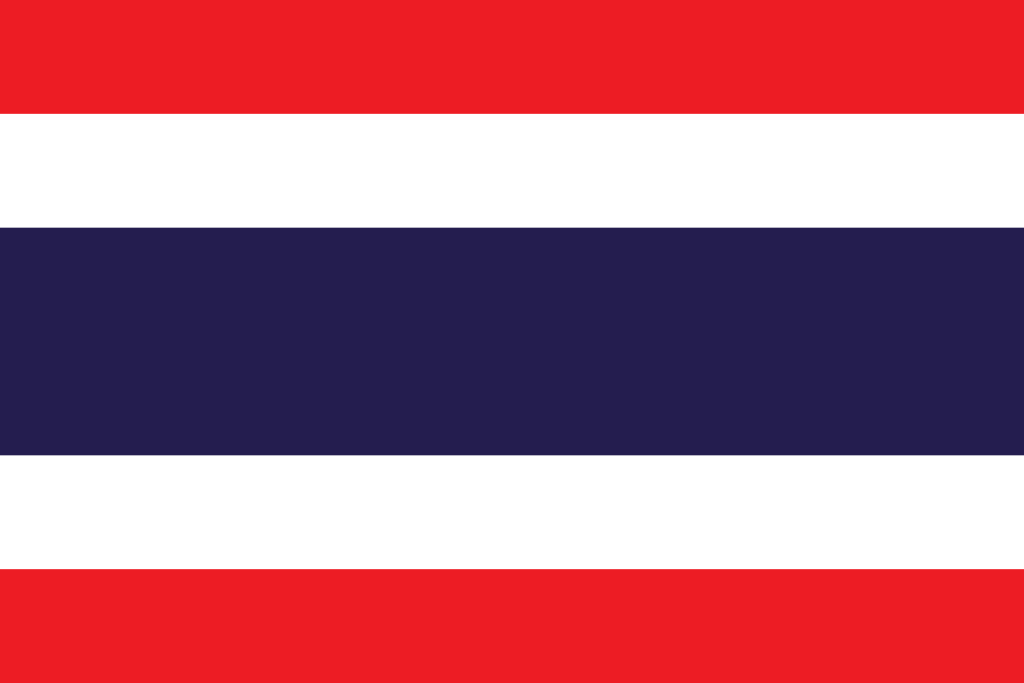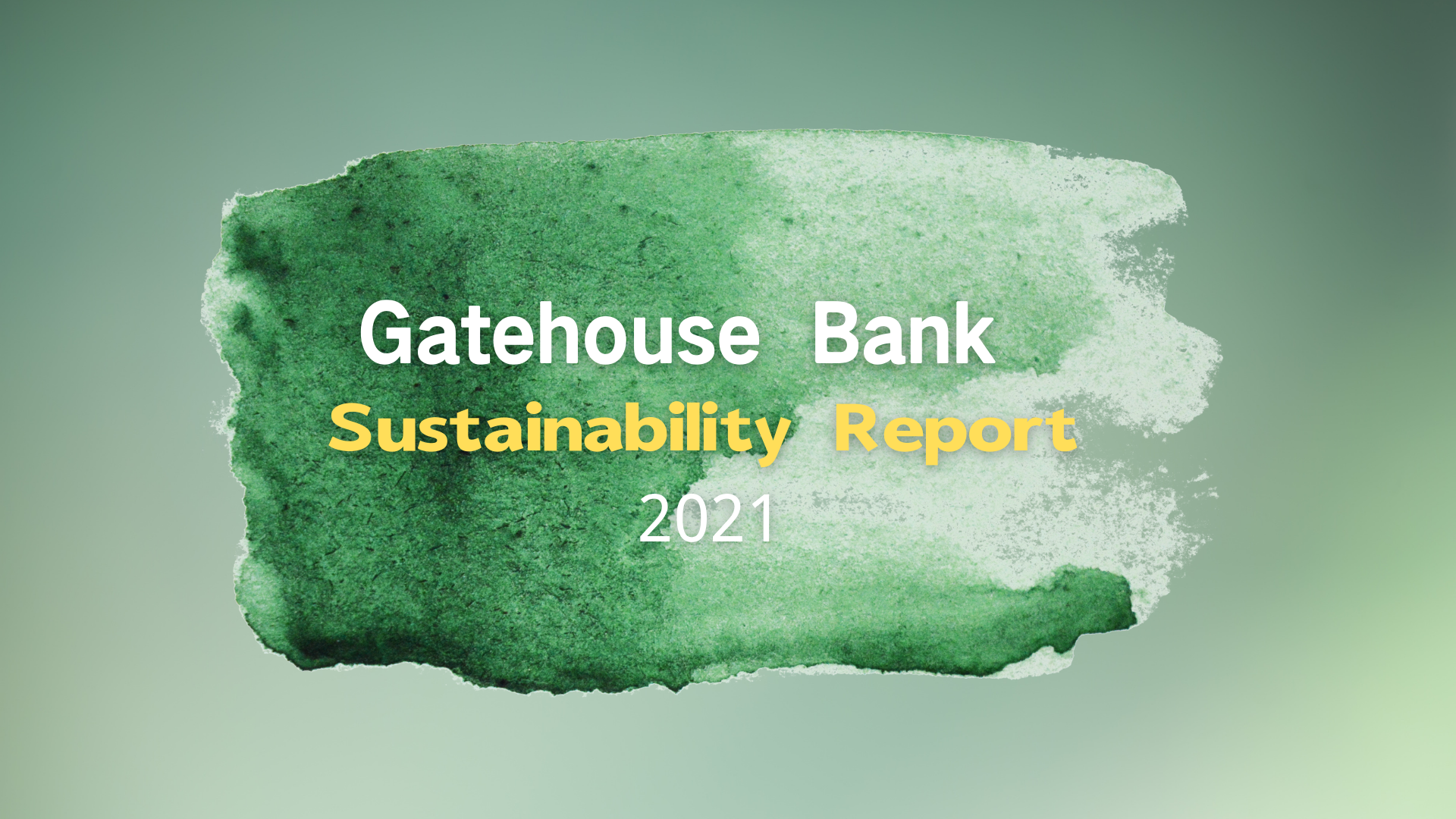The Economic and Monetary Conditions for September and the Third Quarter of 2022
On the economic stability front, headline inflation decreased from the previous month mainly due to lower energy prices, while core inflation remained stable. Labor market continued to improve in line with the economic recovery. The current account turned into a surplus thanks to a rebound in trade balance, which registered a surplus, while the net service, income, and transfers balance displayed a lower deficit due mainly to lower freight cost.
Details of the economic conditions are as follows:
The number of foreign tourist arrivals, after seasonal adjustment, increased from the previous month in several nationalities, especially for short-haul travelers, such as Malaysia and Singapore.
The value of merchandise exports, excluding gold and after seasonal adjustment, increased from the previous month in various categories. This included the export of hard disk drives, which increased in line with the delivery cycle, while the export of agricultural products also improved after a large decline in the previous month. Nonetheless, some export categories such as metals and agro-manufacturing products performed less well.
Private consumption indicators, after seasonal adjustment, remained close to the previous month. Spending on services improved mainly due to the recovery of foreign tourist, while spending on other categories were generally stable compared to the previous month. Several fundamental factors such as employment and consumer confidence continued to improve which bolstered household expenditures, while the elevated living costs remained a negative factor weighing down on consumption.
Private investment indicators, after seasonal adjustment, slightly decreased from the previous month mainly due to lower investment in machinery and equipment as import of capital goods diminished. Investment in construction also dropped slightly due to lower sales of construction materials, while permitted areas for construction remained flat.
Manufacturing production, after seasonal adjustment, decreased from the previous month in several sectors. In particular, the production of automobiles edged lower after a good performance in the preceding period, while the production of chemical products also declined due to a slowdown in foreign demand. The production of petroleum products, however, continued to increase thanks to the recovery of economic activities.
The value of merchandise imports, excluding gold and after seasonal adjustment, contracted from the previous month due to lower imports of raw materials and intermediate goods, especially in production parts and fuel, as well as weaker imports of capital goods, including machinery, motors, and transformers. Nevertheless, imports of consumer goods increased both in non-durable and durable goods.
Public spending, excluding transfer payments, contracted from the same period last year due to lower spending of the central government from both the current and capital expenditures. This was due to the downward revision of the government budget as well as the frontloaded disbursement occurred in the preceding period. Current expenditure contracted from lower purchases of goods and services, while capital expenditure contracted from lower disbursement of transportation projects. However, the capital expenditure of state-owned enterprises expanded from the same period last year on the back of a good disbursement from the transportation and energy agencies.
On the stability front, headline inflation declined from the previous month thanks to lower domestic retail oil prices, which was in line with the development of the global crude oil prices, as well as due to waning low base effects as the government subsidies on electricity bills came to an end in August 2021. Core inflation, however, remained close to the previous month. Labor market gradually improved in line with the economic development as reflected by the increase in the number of total contributors to the social security system. The current account turned into a surplus thanks to a rebound in trade balance, which registered a surplus, while the net service, income, and transfers balance displayed a lower deficit due mainly to lower freight cost. On exchange rates, the baht against the US dollar depreciated as the US dollar appreciated rapidly in the second half of the month after the US Federal Reserve signaled a more tightening monetary policy stance.
The Thai economy in the third quarter of 2022 continued to improve from the previous quarter. Private consumption and investment indicators increased in conjunction with the manufacturing production which picked up thanks partly to improvement in shortage problems of production parts. The service sector continued to recover on the back of improving foreign tourist figures. Nevertheless, the value of merchandise exports declined due to a slowdown in trading partners' demand, and were additionally affected by temporary supply-side factors such as inventory management of the oil refinery and unfavorable weather conditions, which adversely affected agricultural production. Meanwhile, public spending contracted from lower spending of the central government from both the current and capital expenditures. On the stability front, headline inflation increased from fresh food prices and core inflation. Meanwhile, the labor market gradually improved in line with the economic recovery, and the current account registered a smaller deficit due to a lower deficit in the net service, income, and transfer balance.






















































First, please LoginComment After ~